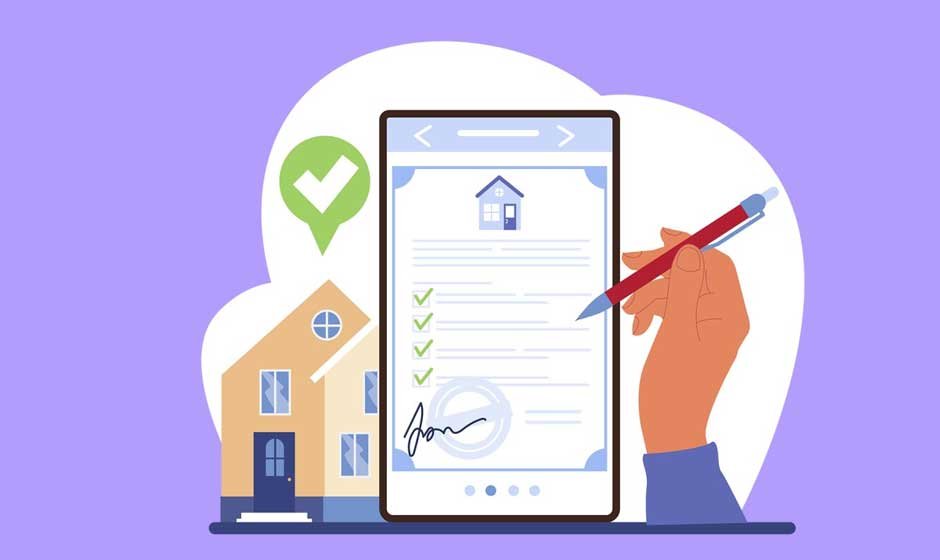The Growing Role of E-Signatures in Real Estate
Over the last several years, technology has dramatically transformed the real estate industry. Traditional paper-based processes, once integral to closings, are rapidly being replaced by digital alternatives that deliver faster, more efficient results. The widespread adoption of electronic signatures in real estate transactions has proven to be a game changer, making it possible for buyers, sellers, and professionals to execute legally binding agreements virtually anywhere.
The urgency to modernize accelerated during the global pandemic. Still, the long-term benefits are clear: digital signing reduces logistical challenges, shortens closing timelines, and meets the elevated expectations of tech-savvy clients. This evolution in transaction management is reshaping the entire industry, with countless brokerages and independent agents embracing tools that save time, support remote work, and eliminate scheduling obstacles.
Benefits for Brokers, Agents, and Clients
E-signature technology brings a host of practical benefits to the real estate world. One of the most significant advantages is the ability to close deals at much faster rates than was previously possible. Documents that once required days or weeks to finalize now move between parties in minutes or hours. This speed reduces the risk of losing deal momentum, simplifies coordination across multiple stakeholders, and leads to more satisfied clients.
Another advantage is error reduction. Digital forms minimize missed fields and incomplete information thanks to features that prompt users to sign or initial every necessary section. This lessens the likelihood of costly closing delays and rework for agents and brokers. Additionally, going paperless means significant savings—no more printing, shipping, or storing piles of paper documents. Clients, too, find value in digital closing. Flexibility is a major selling point; buyers and sellers can review and sign documents whether they’re sitting at their kitchen table, at work, or traveling across the country. This convenience and a smoother process often encourage repeat business and positive word-of-mouth referrals—vital in a competitive real estate market.
The E-Signing Process in Modern Closings
The mechanics of e-signing in real estate are elegantly simple yet robust enough for the most complex transactions. At its core, the process starts with uploading contracts, disclosures, and addenda to a secure digital platform. Agents then invite buyers, sellers, attorneys, and others to review and sign. Authentication steps—ranging from secure email links to multifactor verification codes—help ensure that only authorized individuals can access and sign documents.
All signatures are time-stamped and securely tracked in an audit trail, giving every participant a transparent view of who performed what action and when. Once all signatures are collected, the transaction file is finalized, and copies are instantly distributed to every party. These records are securely stored and can be retrieved anytime, offering compliance and peace of mind. This streamlined workflow speeds up closings and offers flexibility that physical paperwork and traditional notary appointments can’t match.
Security and Regulatory Confidence
As with any digital tool handling sensitive financial and personal data, security and compliance are at the forefront of e-signature design. Modern signing platforms use end-to-end encryption to protect documents and personal details during transit and storage. Multifactor authentication and identity checks further reduce the risk of unauthorized access and signing fraud.
The good news for professionals is that e-signatures are now recognized as legally binding under major federal regulations, such as the ESIGN Act and the Uniform Electronic Transactions Act (UETA). Leading solutions are built expressly to comply with these frameworks, ensuring audit trails, consent, and document integrity. This growing legal recognition, as highlighted in a relevant Forbes Tech Council report, is strengthening trust throughout the industry and helping to drive widespread adoption.
Additionally, best practices recommend using platforms that automatically lock completed documents, track all user actions, and maintain searchable, tamper-evident archives. These features assure buyers, sellers, agents, and legal teams that digital closings are just as secure—if not more so—than traditional paper transactions.
Addressing Barriers and Building Digital Skills
Despite widespread enthusiasm, some professionals have concerns about switching fully to digital. Common worries include legal nuances, data privacy, and uncertainty about the technology itself. While these are reasonable, most concerns can be addressed with clear communication, quality training, and access to strong support resources. Early adopters report that brief workshops, peer coaching, and practical demonstrations boost comfort and capability with e-signature tools.
Brokerages have found success by integrating e-signature training into their new agent onboarding process, hosting regular digital literacy sessions, and providing “quick start” guides for the most common document types. Over time, even those hesitant at first become champions for efficiency as the direct impact—fewer errors, faster closings, and happier clients—becomes clear in daily work.
For newer entrants to the profession, digital tools are second nature. As the next generation of real estate professionals comes on board, expectations will only increase for seamless, mobile-friendly, secure transaction management workflows. This shift sets the stage for a more dynamic and resilient industry.
The Road Ahead for E-Signing in Real Estate
The evolution of e-signature technology is ongoing. Continuous improvements in user experience, security, and integration with other real estate software make digital closing processes even more compelling. Artificial intelligence is being deployed to detect document errors before signature, while blockchain is poised to offer new levels of transparency and fraud prevention in the future.
Modern clients now expect quick, straightforward closings and reliable, digital-first service from their agents. As technology advances, those willing to embrace e-signing tools and maintain a culture of adaptability will remain best positioned to stand out and succeed. Ultimately, shifting to e-signatures doesn’t just speed up paperwork—it signals a commitment to innovation and client-centric service in a changing marketplace.










